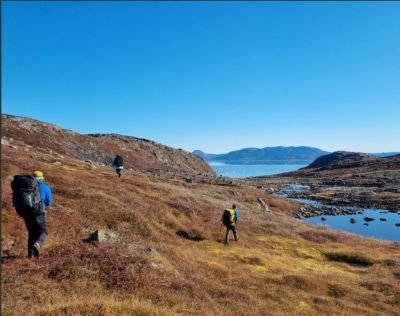Cart is empty
Friday Seminar – Greenlandic Charr
This coming Friday 1st April at 9.00 GMT Coralie Delarue will be talking to us about her research "How do movements patterns influence species diversification? Insight into Greenlandic charr".
Join Zoom Meeting https://eu01web.zoom.us/j/63391483508
Migration patterns are essential to understand as the temporal presence and absence of migratory individuals can have substantial impact on ecological dynamics of the different habitats that they inhabit. While some populations exhibit exclusively migratory or resident life histories, others show intra-population variation in migratory propensity, resulting in partially migratory populations. A major gap in our knowledge concerns the effects of partial migration on the ecology and structure of the resident individuals. Due to their relative simplicity and the high degree of replication, Greenlandic freshwater systems offer a unique possibility to study the evolution of migration versus residency. Numerous streams have been colonized by Arctic charr (Salvelinus alpinus), with subsequent establishment of resident populations inhabiting streams above waterfalls. These natural barriers prevent upstream movements from sections below that are occupied by partially migratory populations. Comparison of population structure, foraging strategies and annual growth between above and below resident individuals is necessary in order to assess the influence of migration in partially migratory populations.
Movements between or within habitats can also have an impact on the migratory individuals. Contrary to the residents, migrants leave their native freshwater environment for the summer in order to increase their growth in the marine environment. The size and age at migration might be influenced by the quality of their habitat prior to migration, such variation in life-history strategies among and within populations remains poorly understood. Once they migrate arctic charr will be experiencing an heterogenous environment exposing them to different conditions (e.g. salinity, temperature, prey availability). Understanding how these contrasted conditions may induce phenotypic differences that can potentially lead to reproductive isolation within or among streams is crucial to understand how species diversification occurs.

